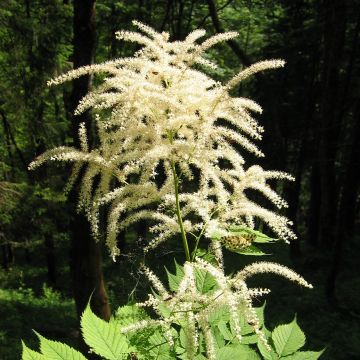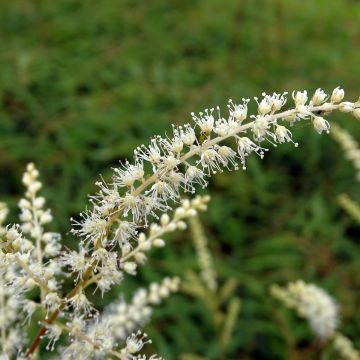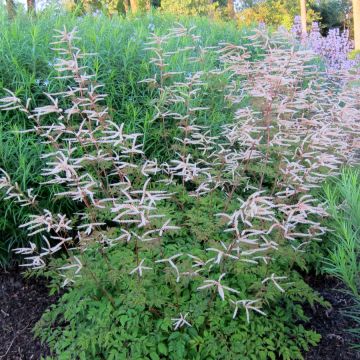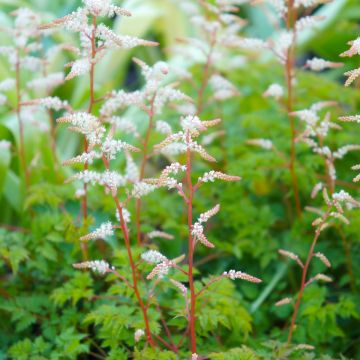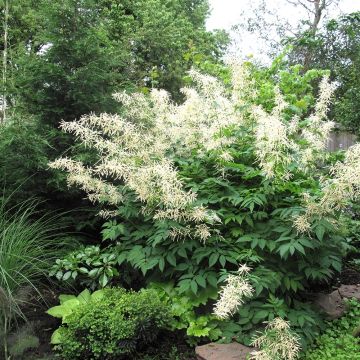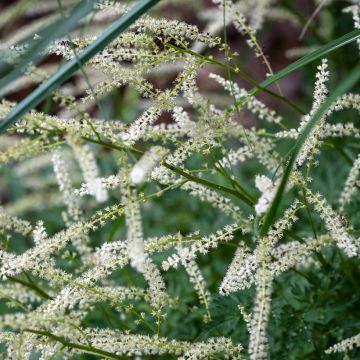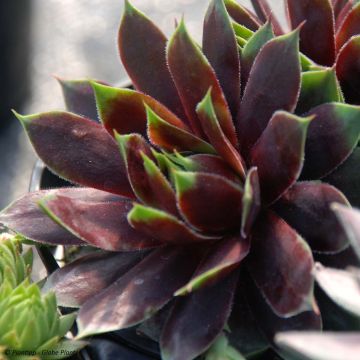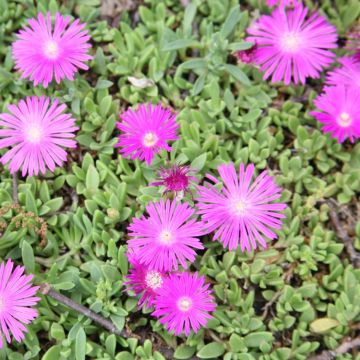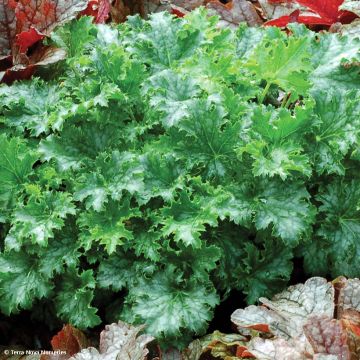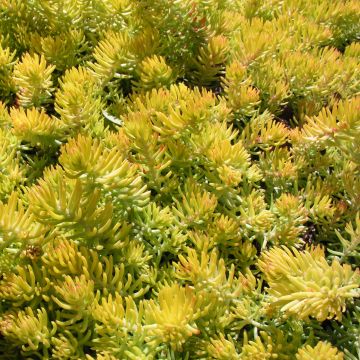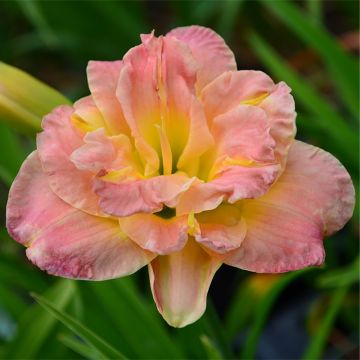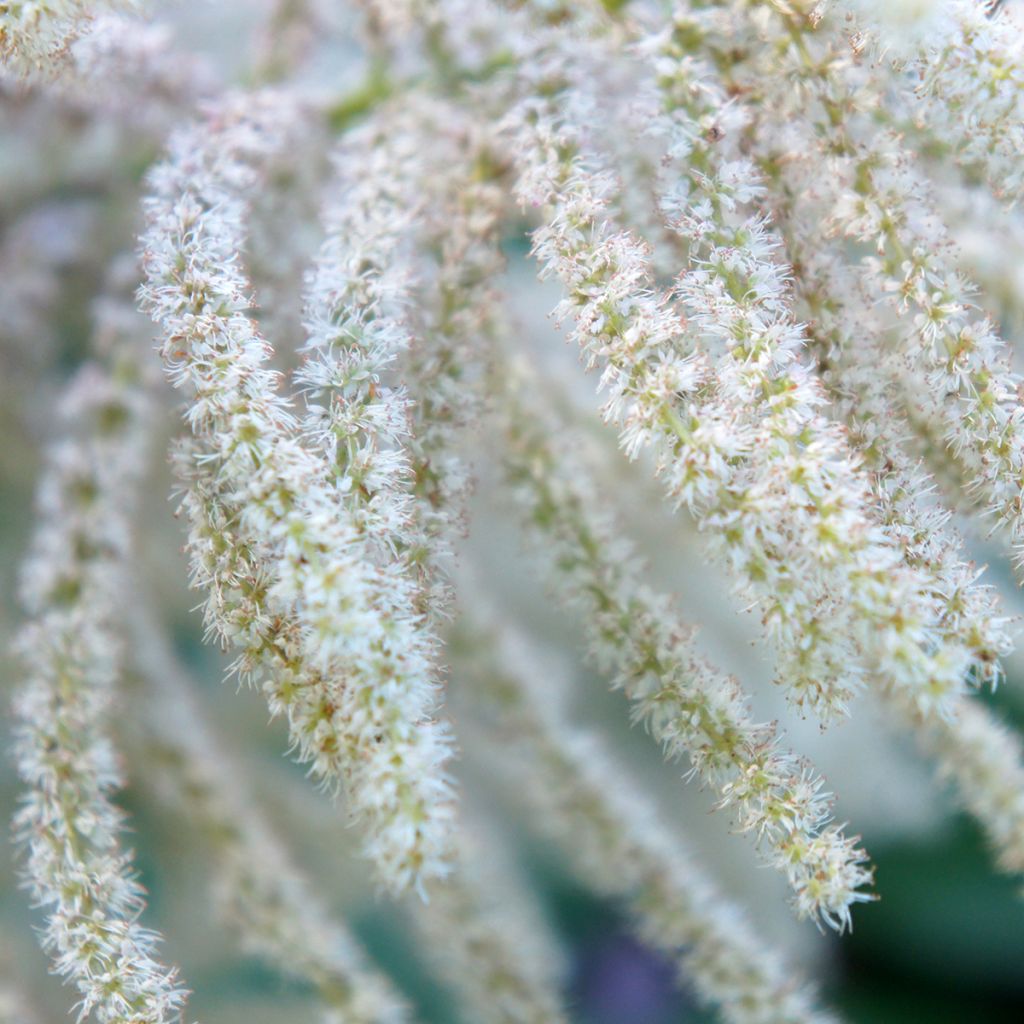

Aruncus sinensis Zweiweltenkind
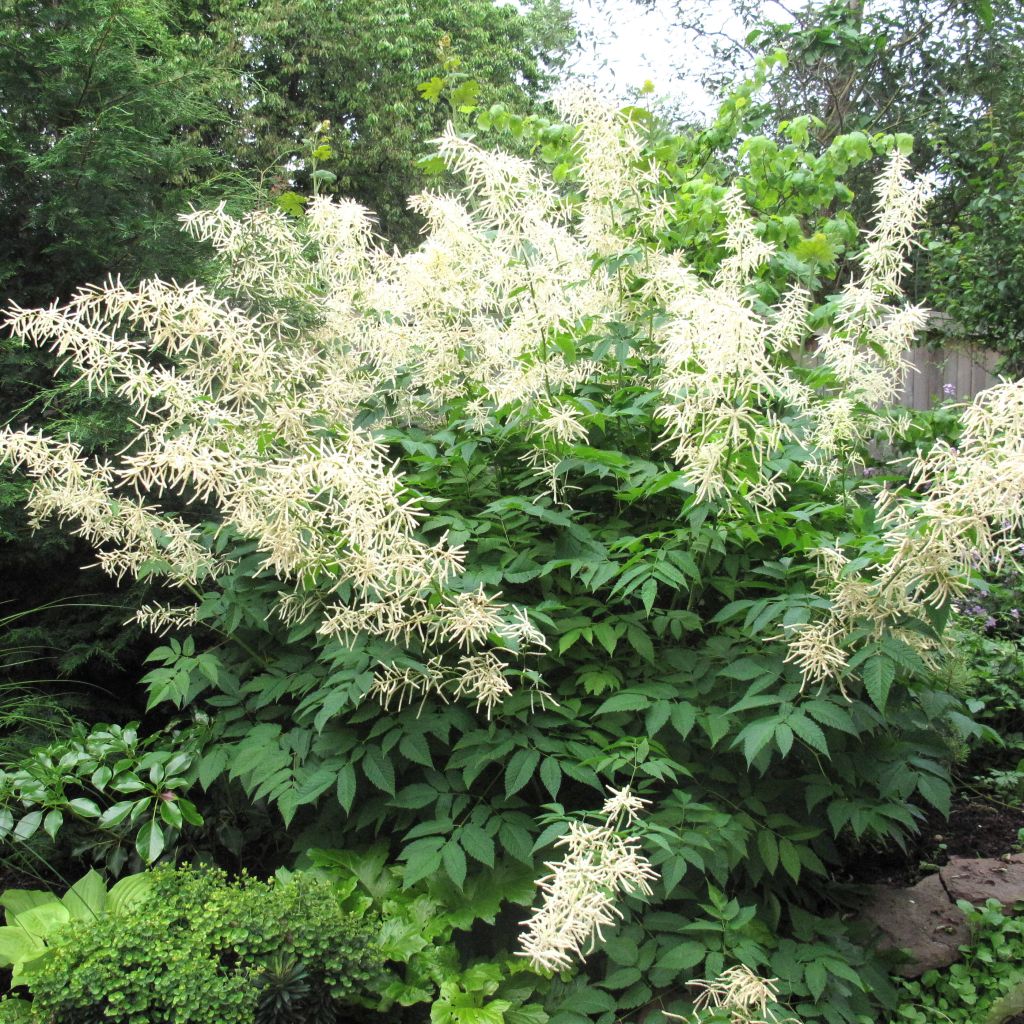

Aruncus sinensis Zweiweltenkind
Aruncus sinensis Zweiweltenkind
Aruncus sinensis Zweiweltenkind
Goat's Beard
This item cannot be shipped to the selected country
Delivery charge from €5.90
More information
Schedule delivery date,
and select date in basket
This plant carries a 12 months recovery warranty
More information
We guarantee the quality of our plants for a full growing cycle, and will replace at our expense any plant that fails to recover under normal climatic and planting conditions.
From €5.90 for pickup delivery and €6.90 for home delivery
Express home delivery from €8.90.

Does this plant fit my garden?
Set up your Plantfit profile →
Description
Aruncus sylvestris 'Zweiweltenkind' is a variety of Goat's Beard. It is one of the most compact and robust cultivars among these plants in the understory. Its abundant summer flowering in creamy white panicles brightens the surroundings of water features, wet areas of the garden, or even a large container kept cool on the terrace. It is an excellent cut flower. This German hybrid is resistant to wind. A thickset plant with dark foliage and luminous, airy flowering, its name means "child of two worlds".
The Goat's Beard, also known as 'Zweiweltenkind', is a perennial plant that grows in moist areas with non chalky soil. It spreads through rhizomes and stolons and has a bushy clump habit. This plant belongs to the rose family and is commonly found in temperate and subarctic regions of the Northern Hemisphere. 'Zweiweltenkind' is a German hybrid of unknown origin. The plant will reach a height of 120 cm (47in) when flowering, 80 cm (32in) for the foliage, and spread over 60 cm (24in). It has a rapid growth rate and is long-lived. The flowering takes place in June-July in large feathery panicles 20 cm (8in) long composed of tiny creamy white flowers, both soft and bright. This plant has separate male and female versions. The male plants, usually sold commercially, have awe-inspiring flowers. The leaves of the plant are dark and fall off.
It is a plant that prefers coolness and can tolerate sun if the soil is not too dry, but this hybrid cannot tolerate water shortages, especially in summer. The plant adapts well to clay soils if healthy and improved. The 'Zweiweltenkind' Goat's Beard is particularly suitable for cottage gardens, natural gardens, woodland gardens, and the surroundings of water features. It can easily be grown in pots or troughs with Astilbes (which it strongly resembles), Aconitum, digitalis, ferns, and other shade-loving perennials. In large borders, it looks beautiful with rhododendrons, azaleas, and hydrangeas. This plant is excellent for growing beneath Japanese maples or Styrax japonicus foliage, and it's perfect for planting near high-traffic borders. 'Zweiweltenkind' also thrives in partially shaded areas of a cool rock garden. It is a lovely flower for summer bouquets.
Report an error about the product description
Aruncus sinensis Zweiweltenkind in pictures
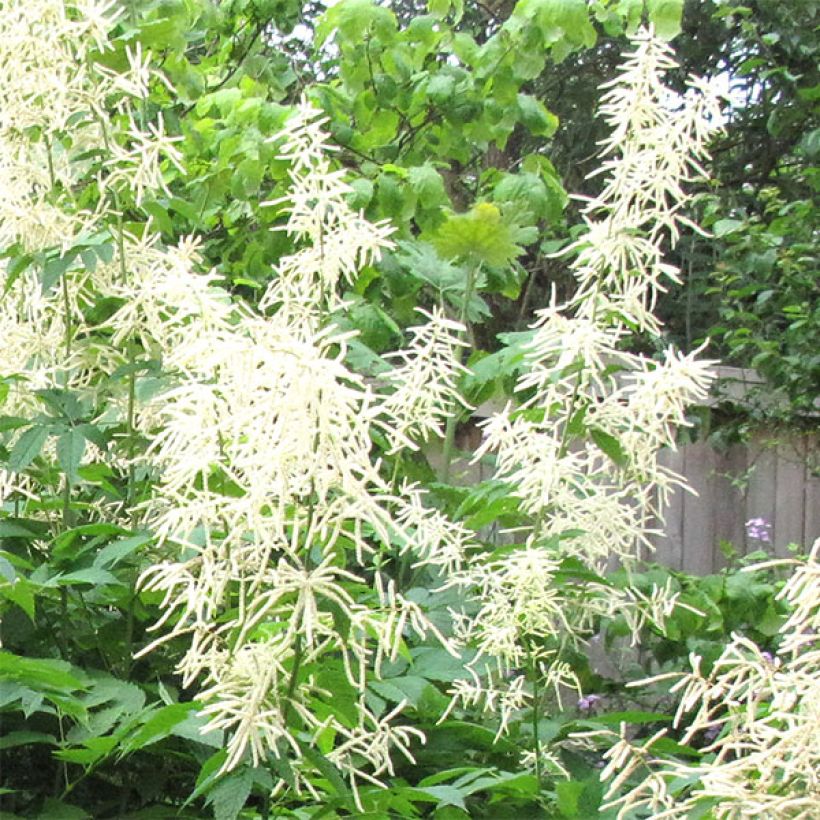

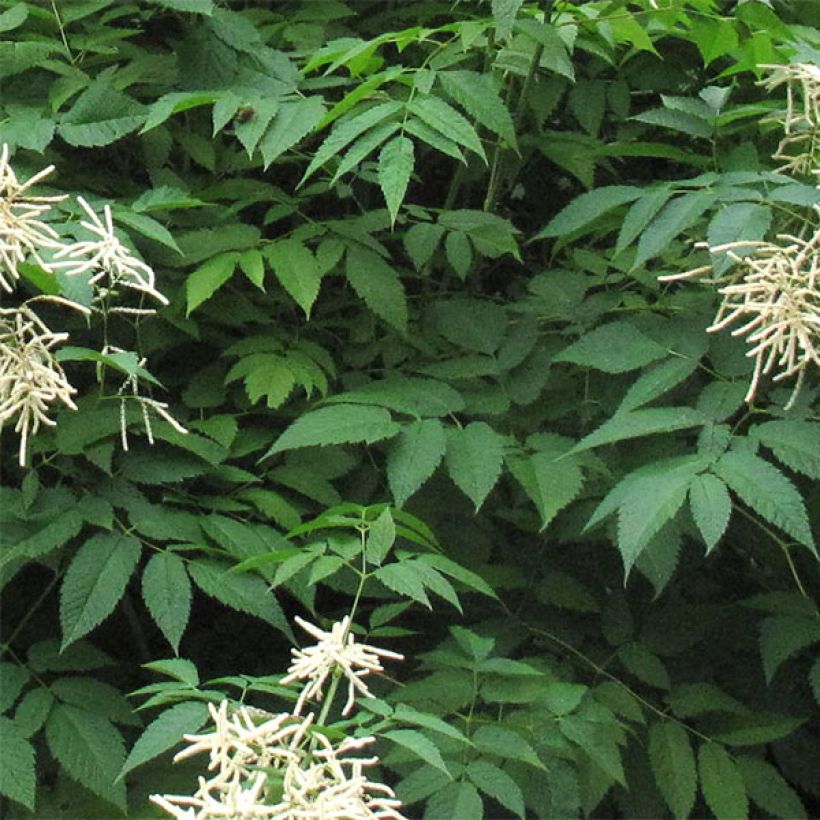

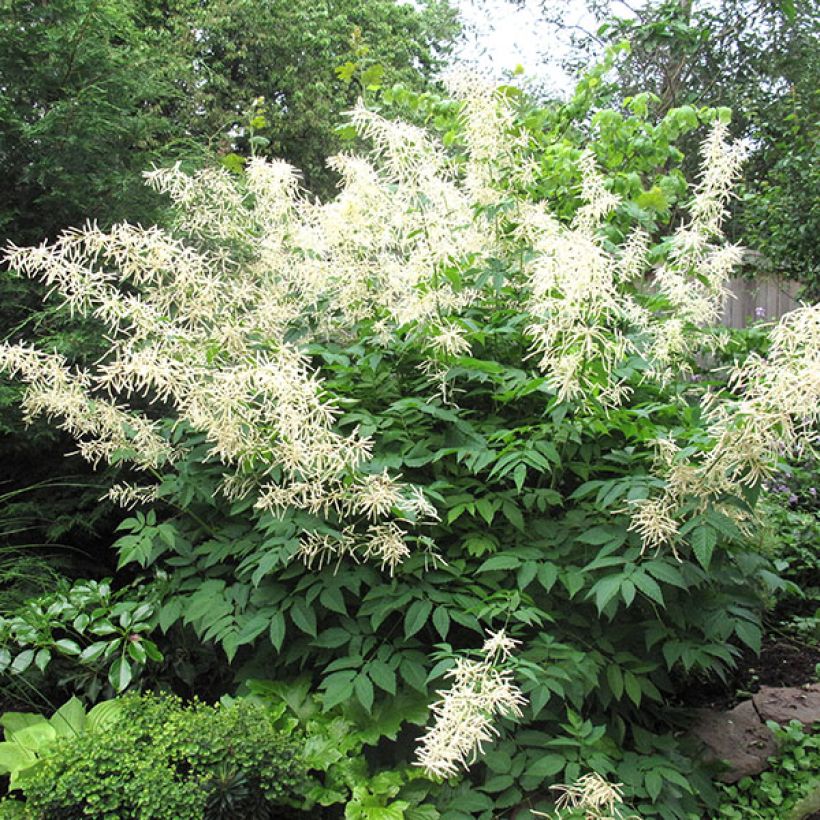

Flowering
Foliage
Plant habit
Botanical data
Aruncus
sinensis
Zweiweltenkind
Rosaceae
Goat's Beard
Cultivar or hybrid
Other Aruncus
Planting and care
To grow Aruncus dioicus 'Zweiweltenkind', choose a spot that gets full sun or partial shade depending on the soil's moisture level. The plant prefers moist to fresh soil with a neutral to acidic pH, and it won't do well in drought conditions, especially during summer. Clay soil can work if it is healthy and well-amended. In nature, these plants grow in damp woodlands, so partial shade or non-scorching sunny locations are best. During hot summers, daily watering is essential. Protect the plant from strong winds by planting it in a sheltered spot to keep it from bending over and losing its elegant appearance. After flowering, prune the faded flowers to promote better foliage development. Alternatively, leave the flower stalks in place for winter decoration and remove them in the spring. Avoid working the soil near these plants as the roots grow near the surface. These plants are disease-resistant and rarely attacked by insects.
Planting period
Intended location
Care
-
, onOrder confirmed
Reply from on Promesse de fleurs
Summer flowering perennials
Haven't found what you were looking for?
Hardiness is the lowest winter temperature a plant can endure without suffering serious damage or even dying. However, hardiness is affected by location (a sheltered area, such as a patio), protection (winter cover) and soil type (hardiness is improved by well-drained soil).

Photo Sharing Terms & Conditions
In order to encourage gardeners to interact and share their experiences, Promesse de fleurs offers various media enabling content to be uploaded onto its Site - in particular via the ‘Photo sharing’ module.
The User agrees to refrain from:
- Posting any content that is illegal, prejudicial, insulting, racist, inciteful to hatred, revisionist, contrary to public decency, that infringes on privacy or on the privacy rights of third parties, in particular the publicity rights of persons and goods, intellectual property rights, or the right to privacy.
- Submitting content on behalf of a third party;
- Impersonate the identity of a third party and/or publish any personal information about a third party;
In general, the User undertakes to refrain from any unethical behaviour.
All Content (in particular text, comments, files, images, photos, videos, creative works, etc.), which may be subject to property or intellectual property rights, image or other private rights, shall remain the property of the User, subject to the limited rights granted by the terms of the licence granted by Promesse de fleurs as stated below. Users are at liberty to publish or not to publish such Content on the Site, notably via the ‘Photo Sharing’ facility, and accept that this Content shall be made public and freely accessible, notably on the Internet.
Users further acknowledge, undertake to have ,and guarantee that they hold all necessary rights and permissions to publish such material on the Site, in particular with regard to the legislation in force pertaining to any privacy, property, intellectual property, image, or contractual rights, or rights of any other nature. By publishing such Content on the Site, Users acknowledge accepting full liability as publishers of the Content within the meaning of the law, and grant Promesse de fleurs, free of charge, an inclusive, worldwide licence for the said Content for the entire duration of its publication, including all reproduction, representation, up/downloading, displaying, performing, transmission, and storage rights.
Users also grant permission for their name to be linked to the Content and accept that this link may not always be made available.
By engaging in posting material, Users consent to their Content becoming automatically accessible on the Internet, in particular on other sites and/or blogs and/or web pages of the Promesse de fleurs site, including in particular social pages and the Promesse de fleurs catalogue.
Users may secure the removal of entrusted content free of charge by issuing a simple request via our contact form.
The flowering period indicated on our website applies to countries and regions located in USDA zone 8 (France, the United Kingdom, Ireland, the Netherlands, etc.)
It will vary according to where you live:
- In zones 9 to 10 (Italy, Spain, Greece, etc.), flowering will occur about 2 to 4 weeks earlier.
- In zones 6 to 7 (Germany, Poland, Slovenia, and lower mountainous regions), flowering will be delayed by 2 to 3 weeks.
- In zone 5 (Central Europe, Scandinavia), blooming will be delayed by 3 to 5 weeks.
In temperate climates, pruning of spring-flowering shrubs (forsythia, spireas, etc.) should be done just after flowering.
Pruning of summer-flowering shrubs (Indian Lilac, Perovskia, etc.) can be done in winter or spring.
In cold regions as well as with frost-sensitive plants, avoid pruning too early when severe frosts may still occur.
The planting period indicated on our website applies to countries and regions located in USDA zone 8 (France, United Kingdom, Ireland, Netherlands).
It will vary according to where you live:
- In Mediterranean zones (Marseille, Madrid, Milan, etc.), autumn and winter are the best planting periods.
- In continental zones (Strasbourg, Munich, Vienna, etc.), delay planting by 2 to 3 weeks in spring and bring it forward by 2 to 4 weeks in autumn.
- In mountainous regions (the Alps, Pyrenees, Carpathians, etc.), it is best to plant in late spring (May-June) or late summer (August-September).
The harvesting period indicated on our website applies to countries and regions in USDA zone 8 (France, England, Ireland, the Netherlands).
In colder areas (Scandinavia, Poland, Austria...) fruit and vegetable harvests are likely to be delayed by 3-4 weeks.
In warmer areas (Italy, Spain, Greece, etc.), harvesting will probably take place earlier, depending on weather conditions.
The sowing periods indicated on our website apply to countries and regions within USDA Zone 8 (France, UK, Ireland, Netherlands).
In colder areas (Scandinavia, Poland, Austria...), delay any outdoor sowing by 3-4 weeks, or sow under glass.
In warmer climes (Italy, Spain, Greece, etc.), bring outdoor sowing forward by a few weeks.

































